Dry Tortugas National Park: remote, pristine, and ill-equipped for hundreds of migrants
As hundreds of migrants from Cuba have landed in the Florida Keys in recent days, many wound up in Dry Tortugas National Park — comprised of remote islands 70 miles west of Key West and a massive historic fort surrounded by pristine waters and reefs.
For tourists, it’s accessible only by plane, helicopter, ferry or personal boat. But hundreds of migrants, almost all from Cuba, have landed on Garden Key in recent days. The island, dominated by the brick walls of Fort Jefferson, which is surrounded by a moat — normally hosts a small staff of rangers and small groups of day tourists or overnight campers, who must bring their own food and water.
“Dry Tortugas National Park and the Marquesas are uninhabited, remote islands west of the Florida Keys without the infrastructure or means to sustain occupancy long term and accessible only by boat or seaplane,” Coast Guard Lt. Commander John William Beal told the Miami Herald on Thursday. “It can take hours or days for emergency services to reach the islands depending on weather and other logistical factors, including migrant interdictions or landings elsewhere.”
Beal said 337 migrants who landed at the national park were onboard the Coast Guard’s Cutter Maple, a 225-foot buoy tender, Thursday morning for transfer ashore to the Coast Guard’s station in Key West. Earlier this week, 90 migrants were shipped from the park to Key West by the Cutter Richard Ethridge, a 154-foot fast response cutter. Eventually, they’ll be taken to U.S. Border Patrol facilities.
“That makes the total number of migrants landed at Dry Tortugas National Park over the long weekend 427,” he said in an email to the Herald.
Please see statement below regarding recent activity in South Florida. #borderpatrol #florida #floridakeys #cbp #police #Tips pic.twitter.com/mvb95Q9wKx
— Chief Patrol Agent Walter N. Slosar (@USBPChiefMIP) January 3, 2023
Here are some things to know about the park, one of the most remote in the country:
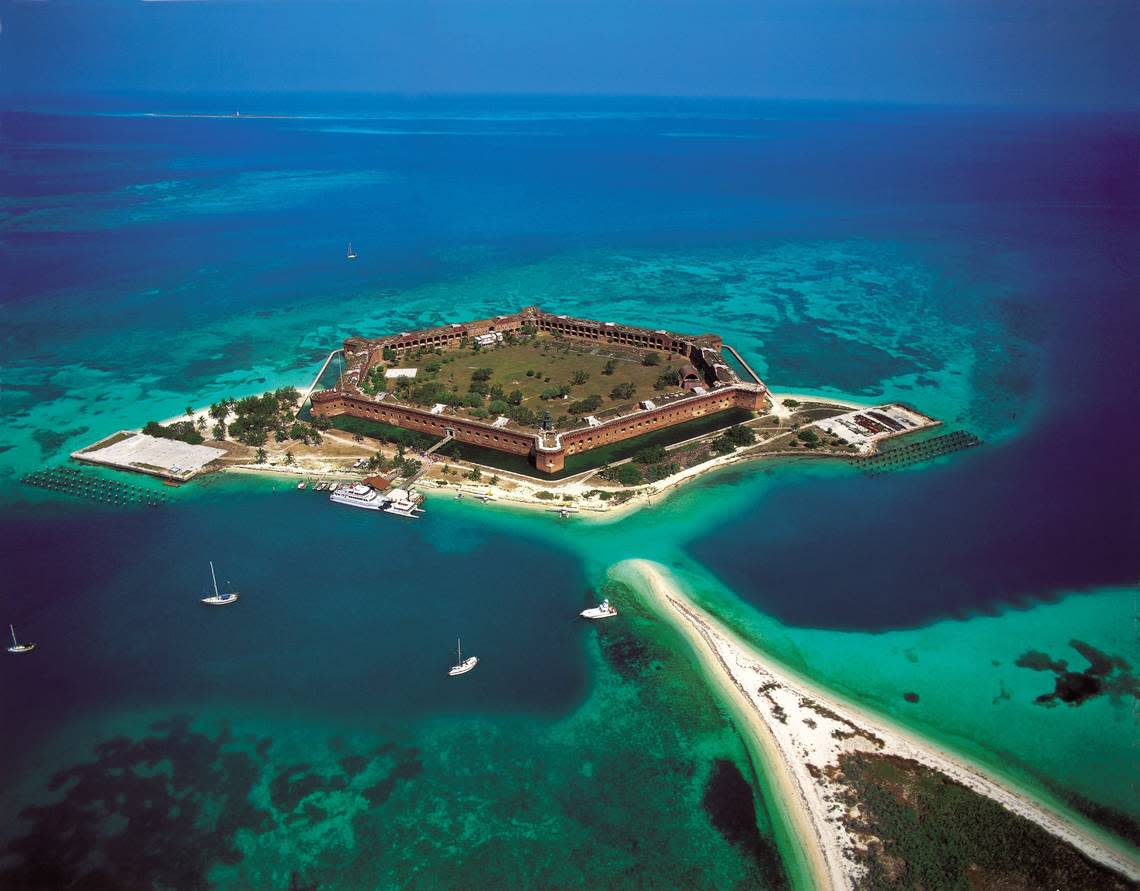
What is Dry Tortugas National Park?
The cluster of seven islands of 64,700 acres that make up the Dry Tortugas are made of sand, limestone and coral reef fragments. Water, about 25 meters deep or about 82 feet, surrounds Dry Tortugas and because of its isolation it ranks as the clearest in the Florida Keys chain.
The primary island, Garden Key, is home to Fort Jefferson, “the largest masonry coastal fort in the country,” and a lighthouse according to the National Park Service. The fort was built between 1846 and 1875 “to protect the nation’s gateway to the Gulf of Mexico.”
As a military asset, the fort was outmoded before it was completed and none of its cannons were ever fired in battle. It was converted into a federal prison. Its most infamous occupant was Dr. Samuel Mudd, convicted of conspiracy for treating the broken leg of Lincoln assassin John Wilkes Booth and sheltering him for a night. Mudd rehabilitated his reputation by helping treat a yellow fever outbreak there and was eventually pardoned in 1869.
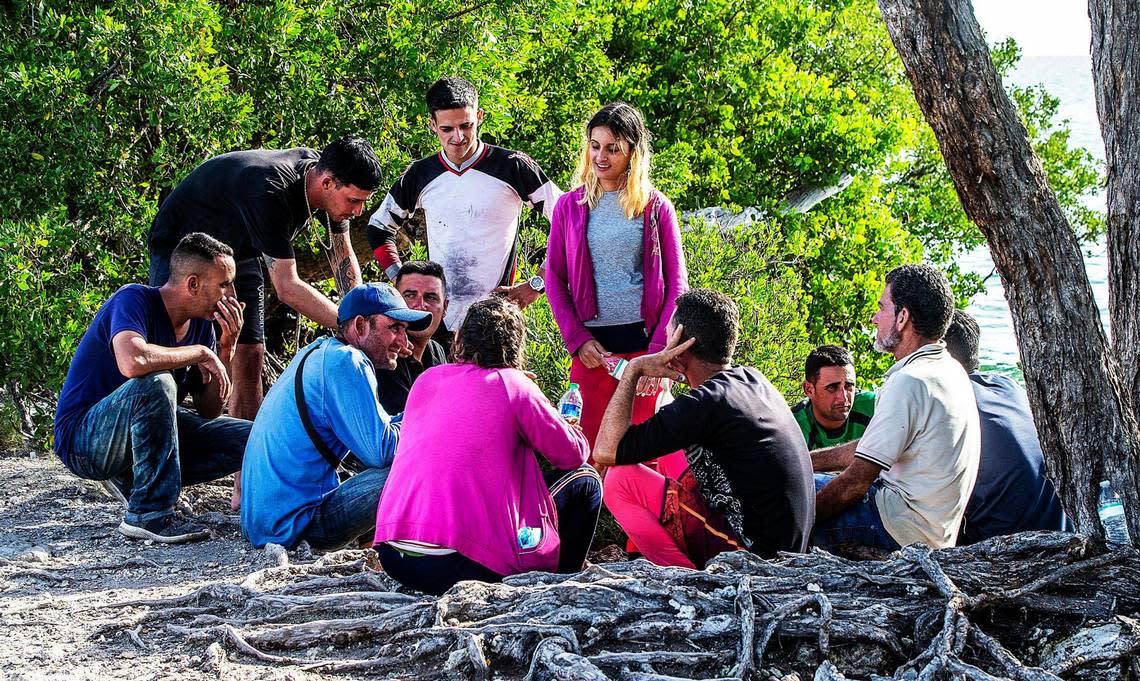
According to the park service, Ponce de Leon discovered the island in 1513 and it was named after a large population of sea turtles that swam in the surrounding waters. Tortugas is Spanish for turtles. The Dry part of the name was given later “to indicate to other mariners that the land mass lacked fresh water, which was an extremely important detail for seafarers to know.”
What is there?
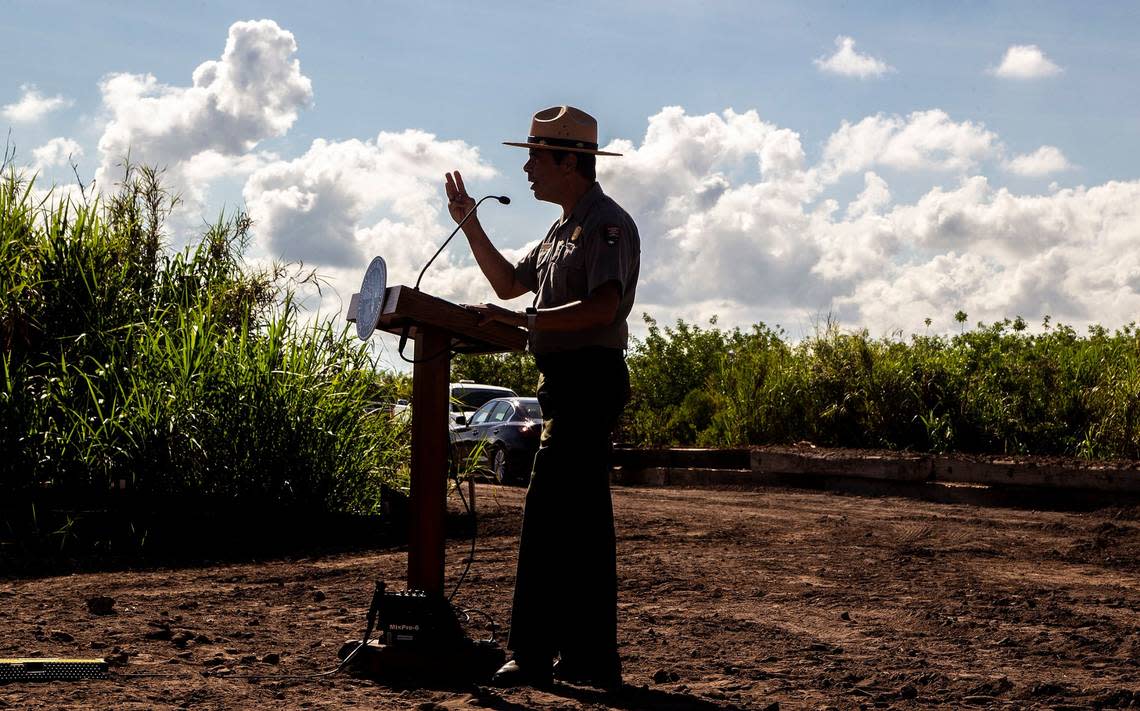
In general usage, meaning for visitors who want to use the park as it’s designed, there are scant goods and services available — note, again, the name, “Dry” Tortugas.
Visitors who don’t have their own boats can book passage to the park via the Yankee Freedom Ferry. But they are required to provide their own food, water and all other basic supplies while at the park. “You must be self-sufficient for your entire stay,” the park service says.
This means:
▪ No food or water.
▪ No cellphone coverage or public phones, internet or WiFi.
▪ No fuel for boats.
▪ No trashcans or trash disposal.
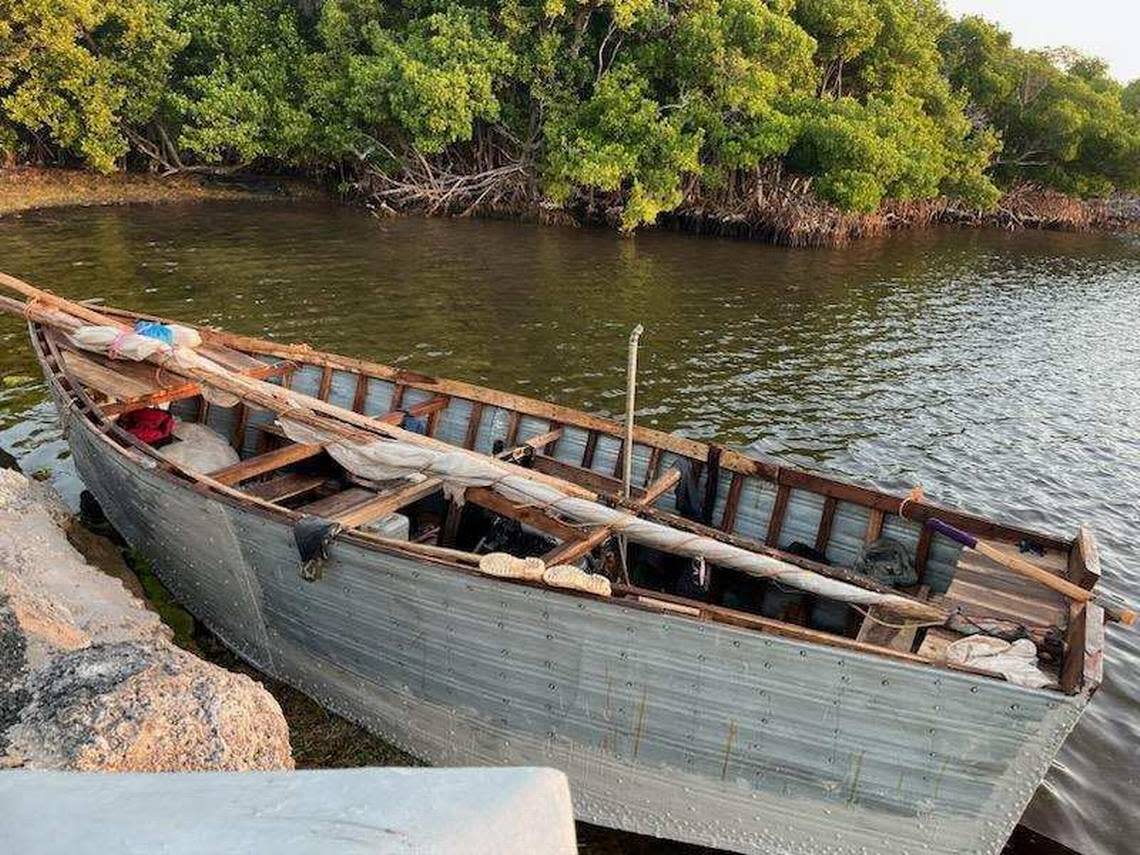
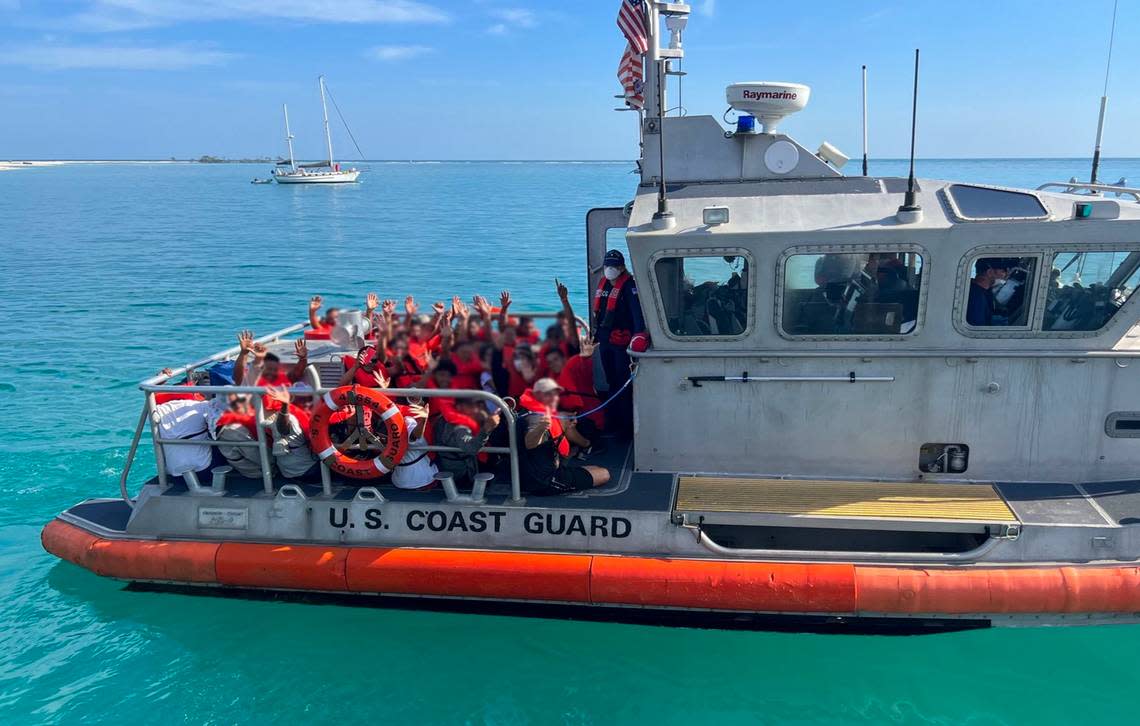
The federal government temporarily closed the Dry Tortugas National Park to visitors as of Monday morning because of the nearly 500 Cuban migrants that landed there between Christmas and New Year’s Day, the National Park Service announced. “The numbers overwhelmed the sparse staff of park rangers stationed there,” the Miami Herald reported.
More Cubans are surging into South Florida. Biden had better pay attention | Opinion